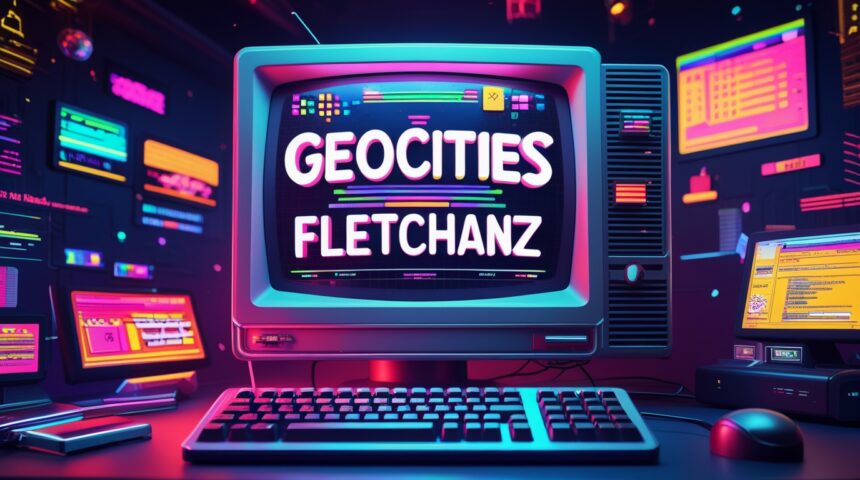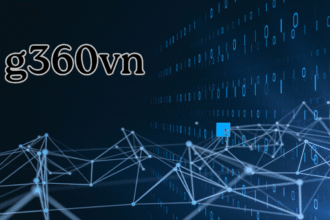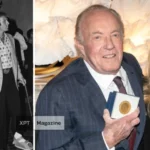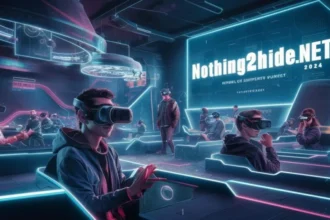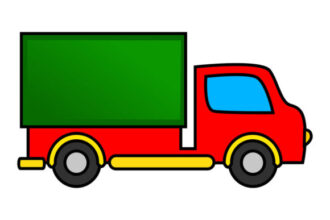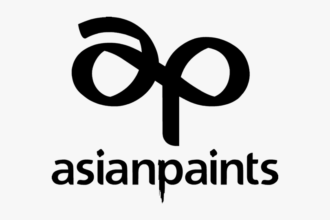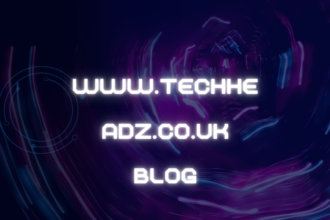Remember the days when the internet was a wild frontier, full of blinking GIFs and personalized backgrounds? Among those digital landscapes, Geocities stood out as a beacon for creativity and community. One particular corner of this vibrant online universe was known as Fletchanz. It wasn’t just another subdomain; it became a cultural phenomenon that shaped countless friendships and experiences in the early 2000s.
Geocities Fletchanz brought together people from all walks of life, united by their love for self-expression. As we delve into its history, you’ll discover how this unique platform influenced online communities and communication styles that still resonate today. So grab your virtual time machine—let’s explore the fascinating journey of Geocities Fletchanz!
The Rise of Fletchanz and its Role in Geocities Fletchanz’ Community
Fletchanz emerged as a vibrant corner of the Geocities landscape in the late 1990s. It quickly became a hub for creativity and self-expression among users who craved connection.
As communities flourished, Fletchanz fostered unique identities. Members crafted personal websites filled with graphics, music playlists, and quirky HTML tricks. This digital playground allowed individuals to showcase their passions without limitations.
The charm of Fletchanz lay in its camaraderie. Users shared tips on coding or design while offering support through challenges faced online or off. Friendships blossomed amidst pixelated backgrounds and animated GIFs.
This sense of belonging was unparalleled at the time; it transformed how people interacted online. Conversations flowed freely in guestbooks and forums, transcending geographical boundaries like never before.
The Unique Features of Geocities Fletchanz Communities
Geocities Fletchanz communities were unlike anything else in the early internet landscape. They thrived on creativity and individual expression, allowing users to craft their own digital spaces.
Each community had its unique theme, from fan clubs to personal blogs. Members could customize their pages with colorful graphics, MIDI music tracks, and animated GIFs. This vibrant personalization turned every profile into a work of art.
The heart of Fletchanz lay in its forums and guestbooks. Conversations flowed freely, fostering friendships across continents. Users shared everything—experiences, advice, or even just fun anecdotes.
Moreover, the sense of belonging was palpable. New members were often welcomed with open arms by seasoned users eager to share tips for enhancing their online presence.
This combination of customization and community spirit made Geocities Fletchanz a special corner of the web that encouraged authentic connections among diverse individuals.
How Geocities Fletchanz Changed Online Communication and Social Interaction
Geocities Fletchanz revolutionized online communication during the early 2000s. It provided a digital playground where users could connect over shared interests and hobbies.
This platform encouraged creativity through personalized web pages. Users crafted unique identities, expressing themselves in ways that traditional social media didn’t allow at the time.
The chat rooms became buzzing hubs of conversation. People from different backgrounds engaged in discussions, forming friendships across geographical boundaries.
Fletchanz also fostered collaboration among its members. Many created art, stories, and even music together—an early glimpse into what would later become collaborative platforms like Google Docs or Discord.
Asynchronous communication allowed for deeper connections too. Users could leave messages on guestbooks or forums, creating ongoing dialogues that transcended time zones and schedules.
Through these interactions, Geocities Fletchanz laid the groundwork for modern online communities we see today.
Legacy of Geocities and Fletchanz in Today’s Internet Culture
The legacy of Geocities and Fletchanz can be seen in today’s vibrant online communities. These early platforms paved the way for user-generated content, influencing how we share and connect.
Websites like Tumblr and Reddit owe part of their success to the grassroots movements started by Geocities enthusiasts. The spirit of customizing personal spaces remains alive, echoing through social media profiles that prioritize individuality.
Fletchanz was a breeding ground for creativity, encouraging users to showcase their identities. This concept has evolved into today’s influencer culture, where personal branding is paramount.
Memes often recall the quirky aesthetics of the Geocities era—bright colors and animated GIFs resonate with nostalgia. Even modern web design occasionally revisits those playful elements.
Many people still cherish memories from this time as they navigate current platforms. The sense of community fostered in those virtual neighborhoods continues to inspire new generations seeking connection online.
Nostalgia for Geocities Fletchanz: Why People Still Remember It Fondly
Geocities Fletchanz holds a special place in the hearts of many who navigated the digital landscapes of the early 2000s. It was more than just a website; it was a community where creativity flourished and friendships blossomed online. The vibrant, often chaotic designs reflected personal expression in ways that today’s polished platforms rarely allow.
For those who spent hours coding their pages or sharing thoughts with like-minded individuals, Geocities Fletchanz embodies freedom on the internet. It fostered connections across geographical boundaries, making every user feel part of something larger. This sense of belonging is rare in today’s curated social media experience.
Looking back at Geocities Fletchanz evokes feelings of nostalgia for simpler times when innovation felt limitless and every webpage was an adventure waiting to be discovered. While technology has evolved dramatically since then, the essence of what made Geocities special remains alive within modern online communities.
Today’s internet owes much to pioneers like Geocities Fletchanz—proof that even as we move forward, we can cherish our past while embracing future possibilities.


